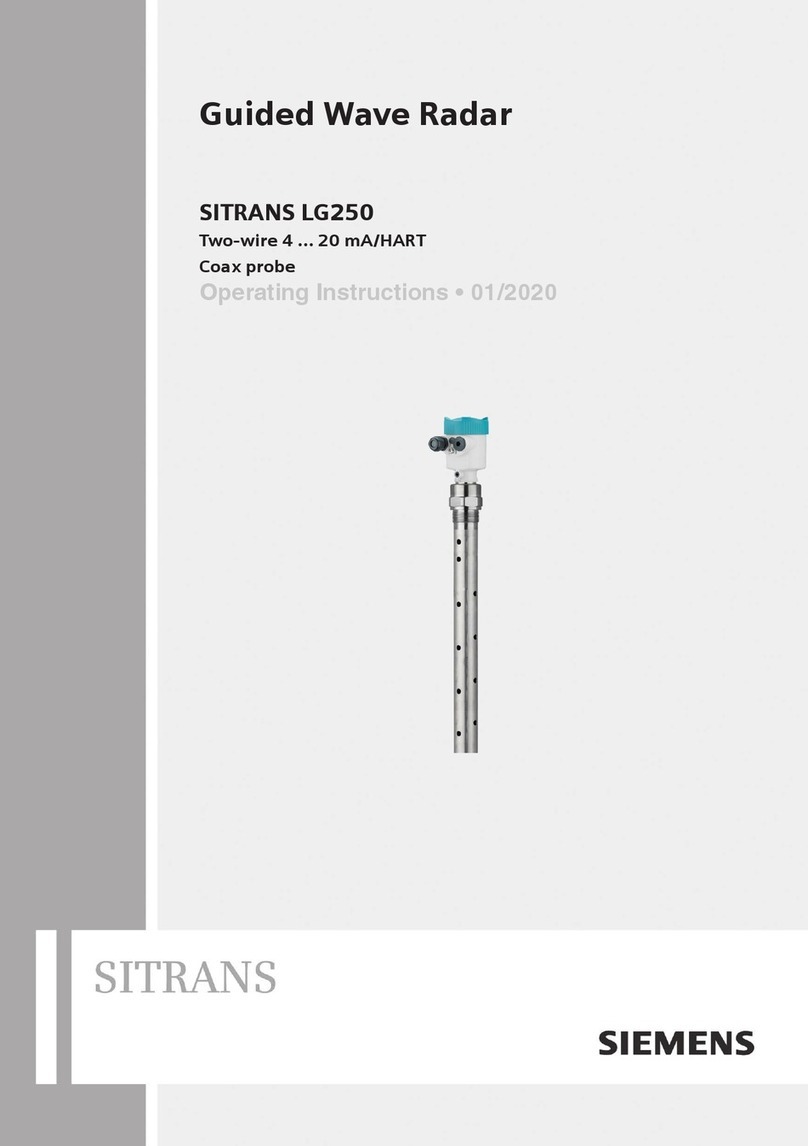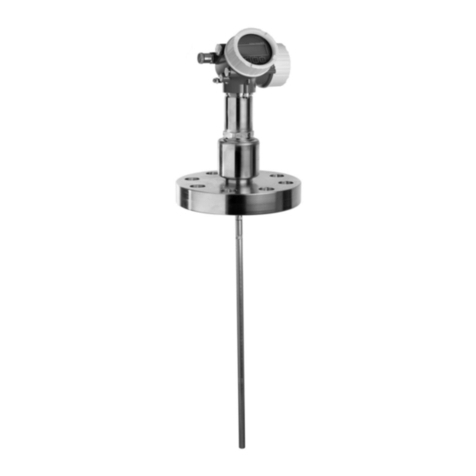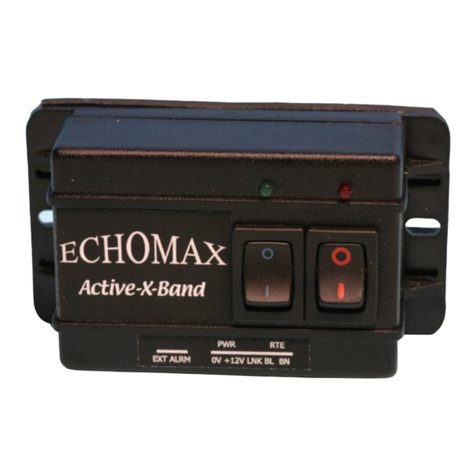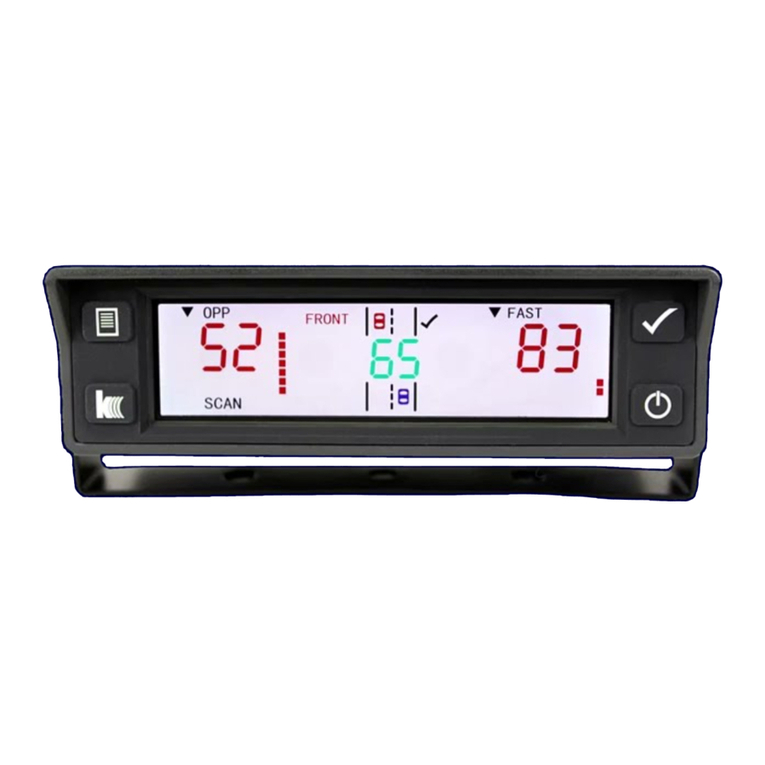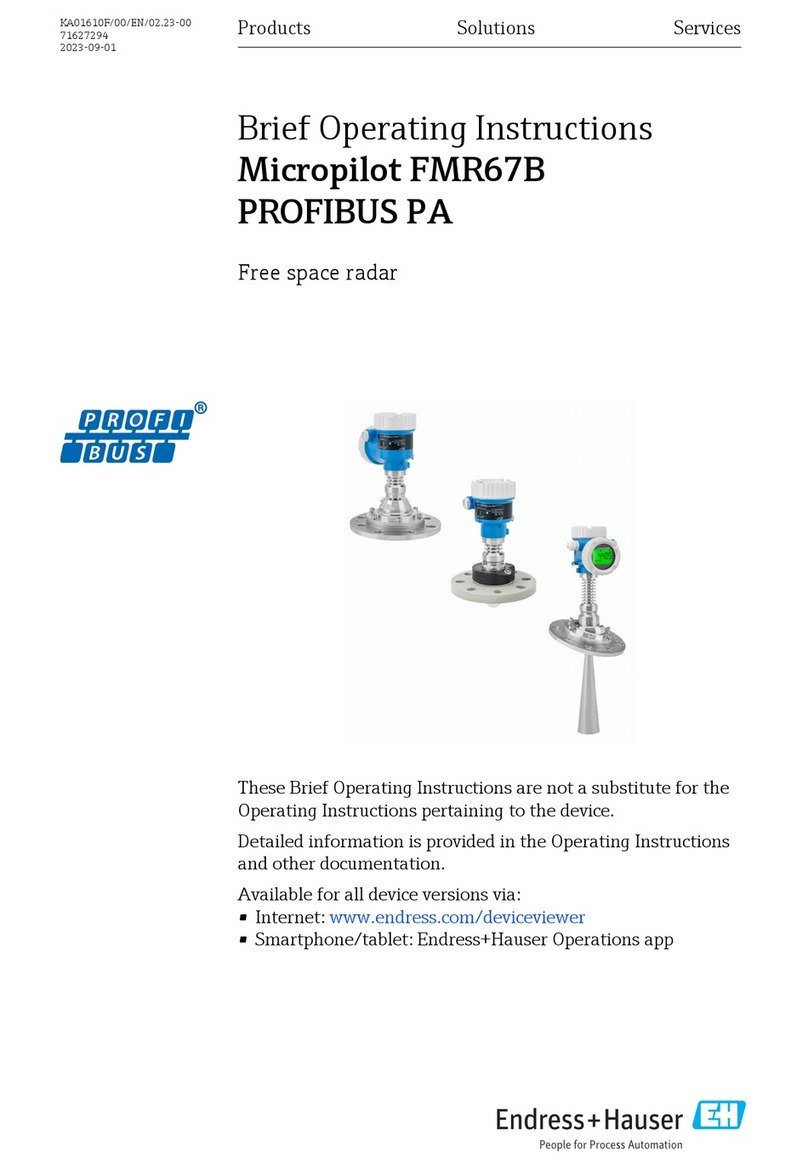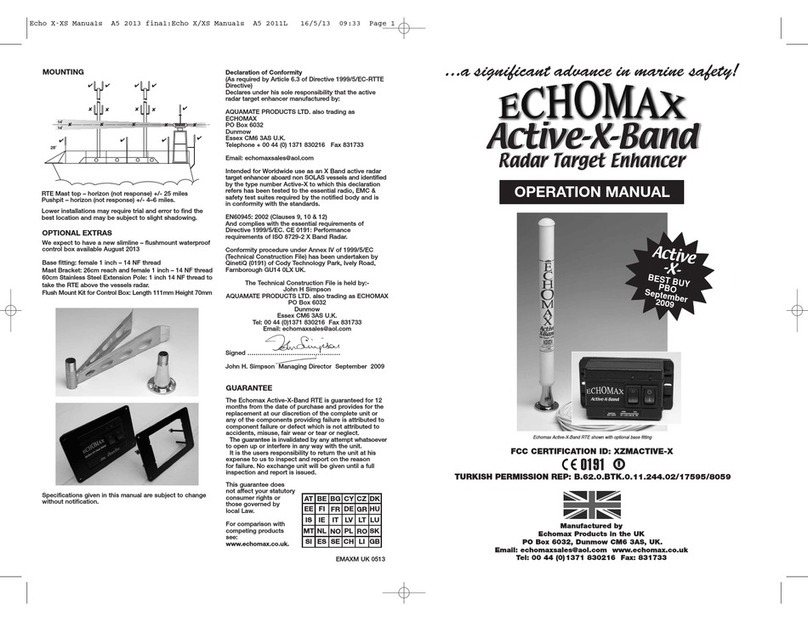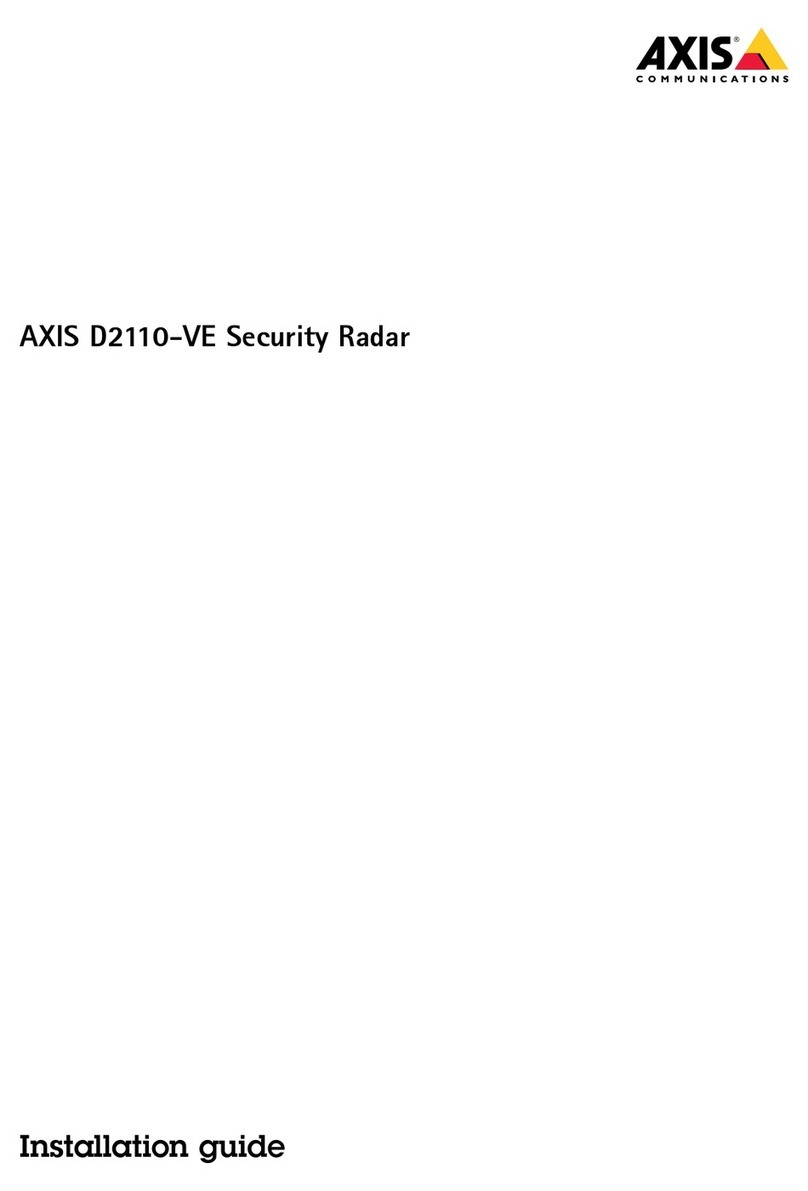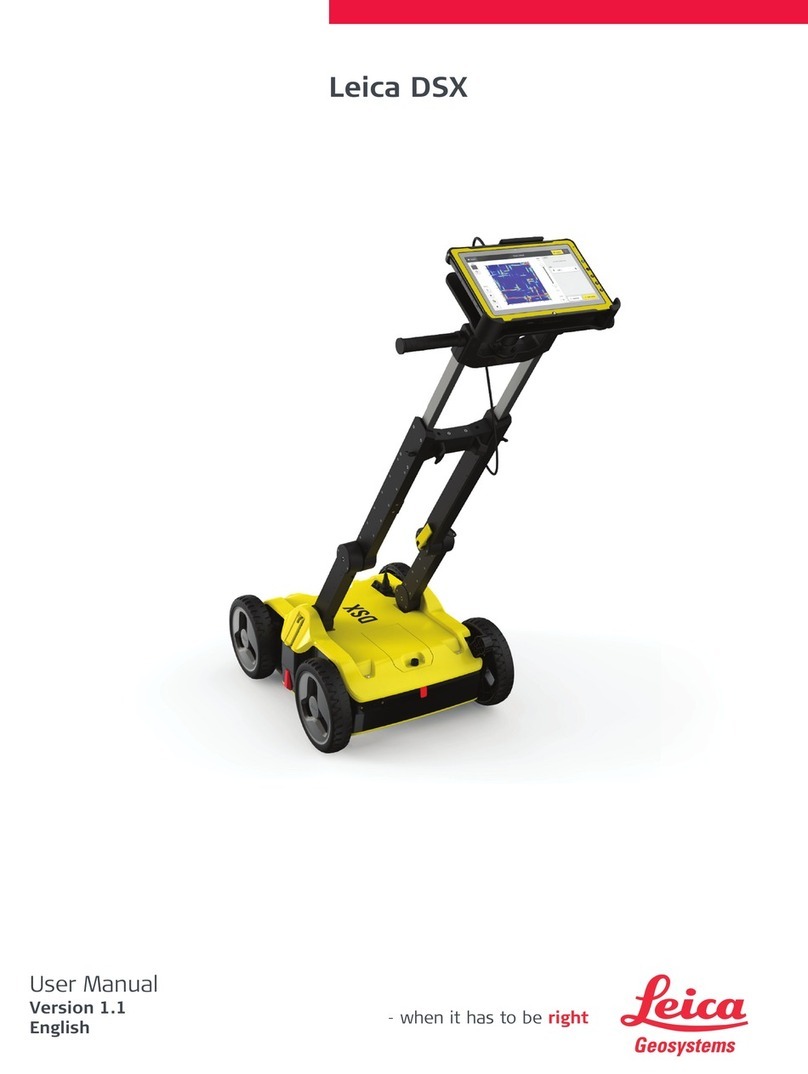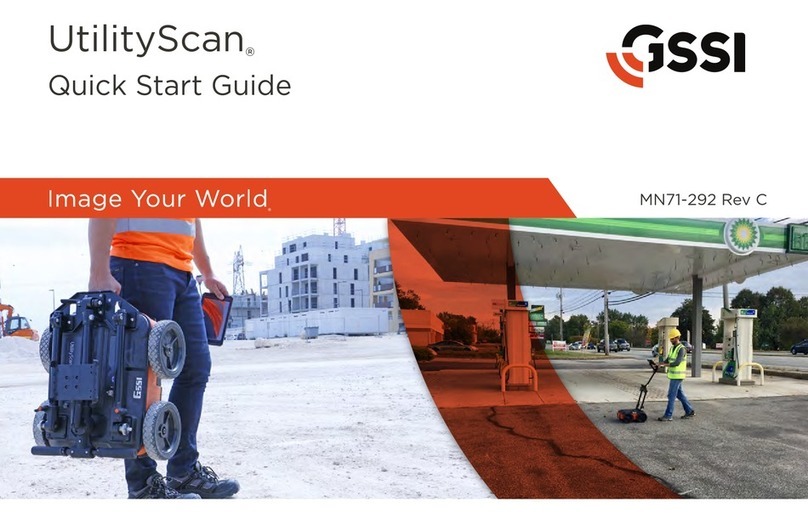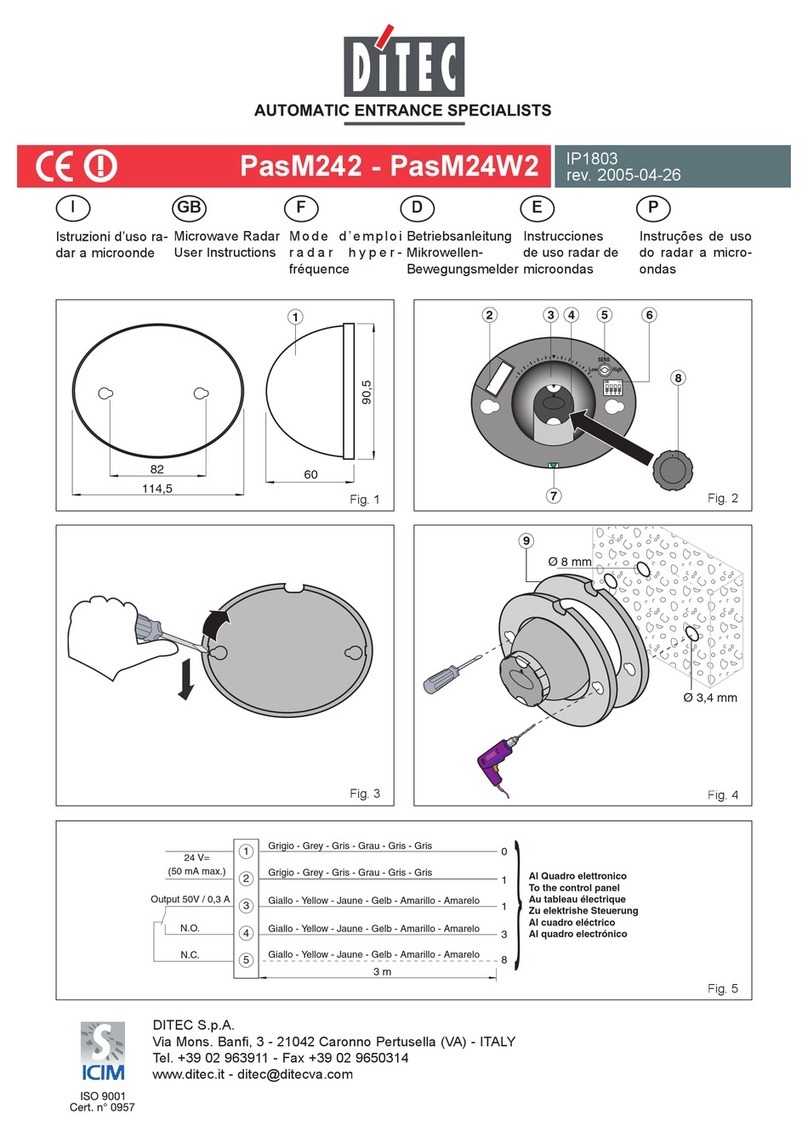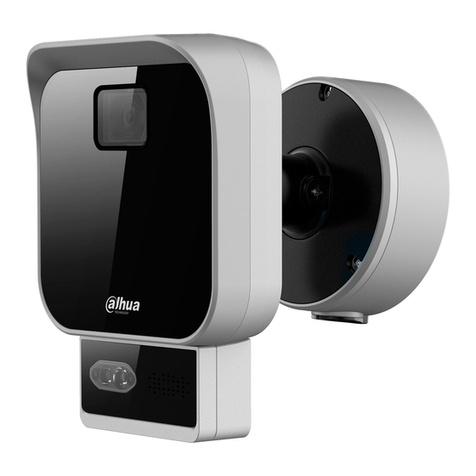
3
PBD-51041061 SITRANS LG260 - Operating Instructions
44575-EN-20021244575-EN-200212
Contents
1 About this document ............................................................................................................... 5
1.1 Function ........................................................................................................................... 5
1.2 Target group ..................................................................................................................... 5
1.3 Symbols used................................................................................................................... 5
2 For your safety ......................................................................................................................... 6
2.1 Authorised personnel ....................................................................................................... 6
2.2 Appropriate use................................................................................................................ 6
2.3 Warning about incorrect use............................................................................................. 6
2.4 General safety instructions............................................................................................... 6
2.5 EU conformity................................................................................................................... 7
2.6 NAMUR recommendations .............................................................................................. 7
2.7 Installation and operation in the USA and Canada ........................................................... 7
3 Product description ................................................................................................................. 8
3.1 Conguration.................................................................................................................... 8
3.2 Principle of operation........................................................................................................ 9
3.3 Packaging, transport and storage..................................................................................... 9
3.4 Accessories.................................................................................................................... 10
4 Mounting................................................................................................................................. 11
4.1 General instructions ....................................................................................................... 11
4.2 Mounting instructions ..................................................................................................... 12
5 Connecting to power supply................................................................................................. 17
5.1 Preparing the connection ............................................................................................... 17
5.2 Connecting..................................................................................................................... 18
5.3 Wiring plan, single chamber housing.............................................................................. 19
5.4 Wiring plan, double chamber housing ............................................................................ 19
5.5 Switch-on phase............................................................................................................. 20
6 Set up with the display and adjustment module ................................................................ 21
6.1 Insert display and adjustment module............................................................................ 21
6.2 Adjustment system......................................................................................................... 22
6.3 Parameter adjustment - Quick setup .............................................................................. 23
6.4 Parameter adjustment - Extended adjustment................................................................ 23
6.5 Saving the parameterisation data................................................................................... 37
7 Setup with PACTware............................................................................................................. 38
7.1 Connect the PC.............................................................................................................. 38
7.2 Parameter adjustment with PACTware............................................................................ 38
7.3 Set up with the quick setup............................................................................................. 39
7.4 Saving the parameterisation data................................................................................... 41
8 Set up with other systems .................................................................................................... 42
8.1 DD adjustment programs ............................................................................................... 42
8.2 Field Communicator 375, 475 ........................................................................................ 42
9 Diagnostics and servicing .................................................................................................... 43
9.1 Maintenance .................................................................................................................. 43
9.2 Diagnosis memory ......................................................................................................... 43
9.3 Status messages............................................................................................................ 44
9.4 Rectify faults................................................................................................................... 47
